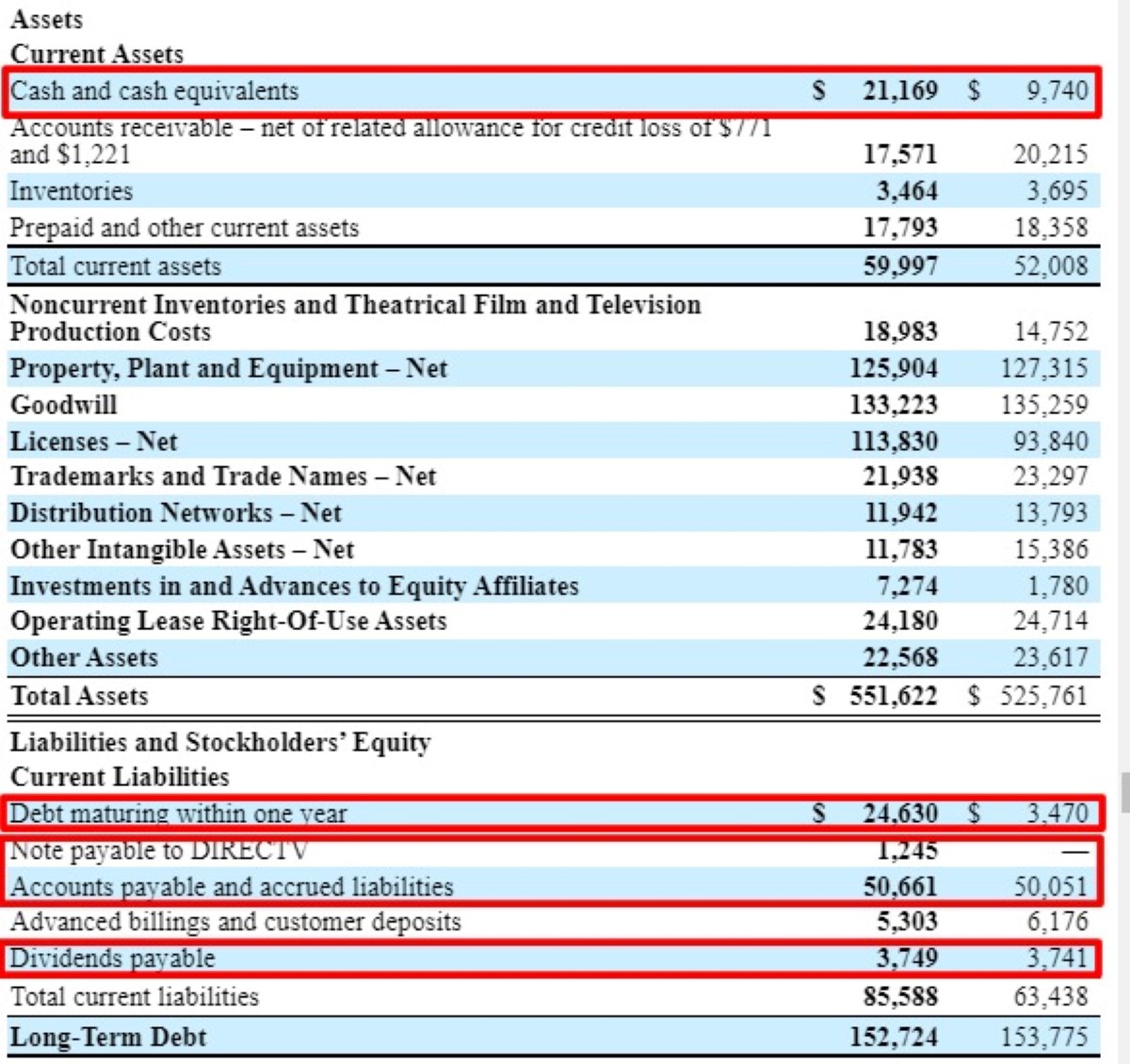Home>Finance>What Are Exports? Definition, Benefits, And Examples


Finance
What Are Exports? Definition, Benefits, And Examples
Published: November 21, 2023
Discover the definition, benefits, and examples of exports in finance. Explore how international trade contributes to economic growth and business expansion.
(Many of the links in this article redirect to a specific reviewed product. Your purchase of these products through affiliate links helps to generate commission for LiveWell, at no extra cost. Learn more)
Understanding Exports: Definition, Benefits, and Examples
When it comes to understanding the world of finance, exports play a significant role in global trade. But what exactly are exports? In simple terms, exports refer to goods or services that are produced domestically and then sold to customers in other countries. This movement of goods and services across borders is a critical component of international trade and contributes to the economic growth of nations around the world.
Key Takeaways:
- Exports are goods or services produced in one country and sold to customers in other countries.
- Exporting offers numerous benefits, including economic growth, job creation, and diversification of markets.
The Benefits of Exports
Exports play a vital role in driving economic growth and prosperity. Here are some key benefits of exports:
- Economic Growth: When a country successfully exports its goods or services, it boosts its GDP (Gross Domestic Product), leading to overall economic growth. Exporting allows countries to capitalize on their strengths and exploit international market opportunities.
- Job Creation: Exports are directly linked to job creation. As businesses expand their export activities, they require a larger workforce to meet the demand. This not only reduces unemployment rates but also improves living standards and contributes to social stability.
- Diversification of Markets: By targeting international customers, businesses can diversify their customer base and reduce dependence on domestic demand. This reduces the risk associated with economic fluctuations within a single market and opens up new growth opportunities.
- Foreign Exchange Earnings: Exports generate foreign exchange earnings for a country. When businesses receive payments in foreign currencies, it increases the country’s foreign reserves and strengthens its position in international trade.
Examples of Exports
Exports can encompass a wide range of goods and services. Here are a few examples:
- Automobiles: Automobile manufacturers exporting cars to foreign markets contribute significantly to a country’s export industry. Companies like Toyota, BMW, and Volkswagen are renowned for their international presence.
- Technology Products: Tech giants like Apple, Samsung, and Microsoft export their cutting-edge electronic devices, smartphones, and software solutions to customers all over the world.
- Agricultural Products: Countries that specialize in agriculture, such as the United States, Brazil, and Australia, export commodities like wheat, coffee, cocoa, and fruits internationally.
- Tourism Services: Many countries attract tourists from various parts of the world, contributing to their economy through revenue from tourism-related services such as accommodation, transportation, and entertainment.
In Conclusion
Exports form an essential pillar of the global economy, driving economic growth, job creation, and market diversification. By understanding the definition and benefits of exports, businesses and governments can strategize their approaches to tap into international markets successfully. Whether it’s cars, technology products, agricultural commodities, or tourism services, exports have the power to reshape and enhance a country’s financial landscape.














